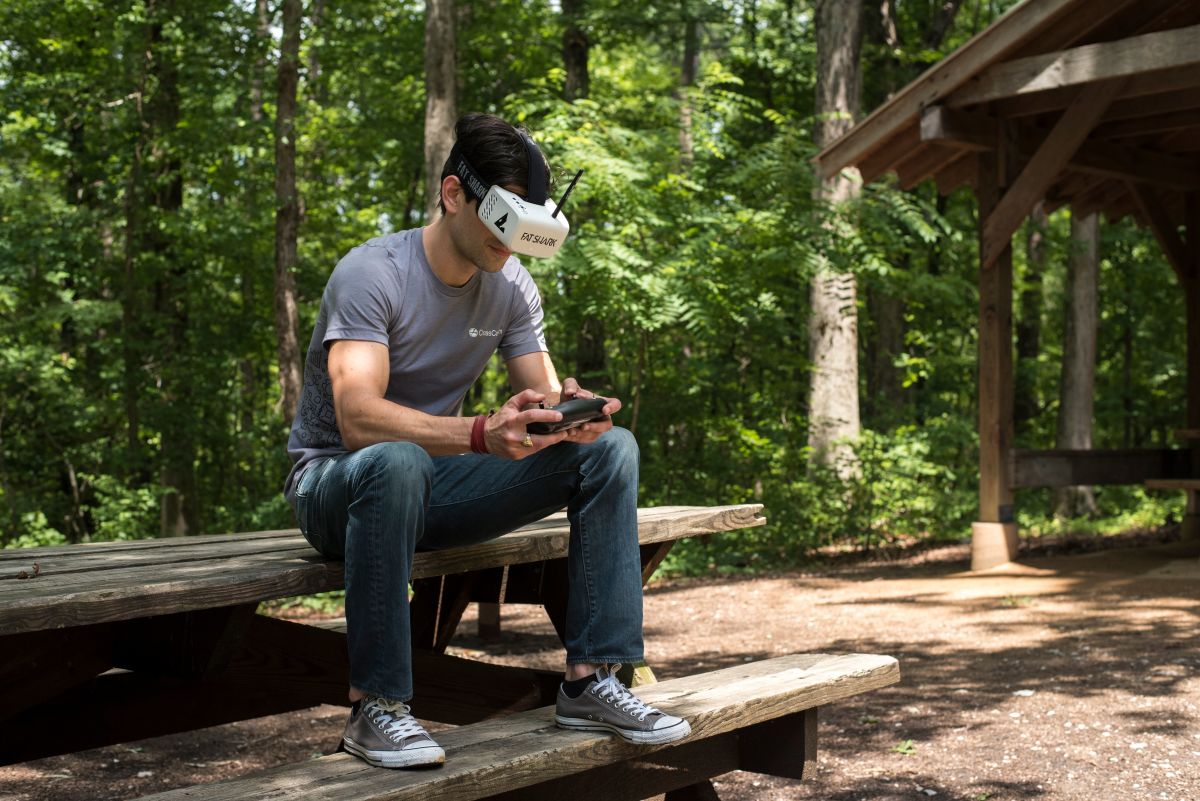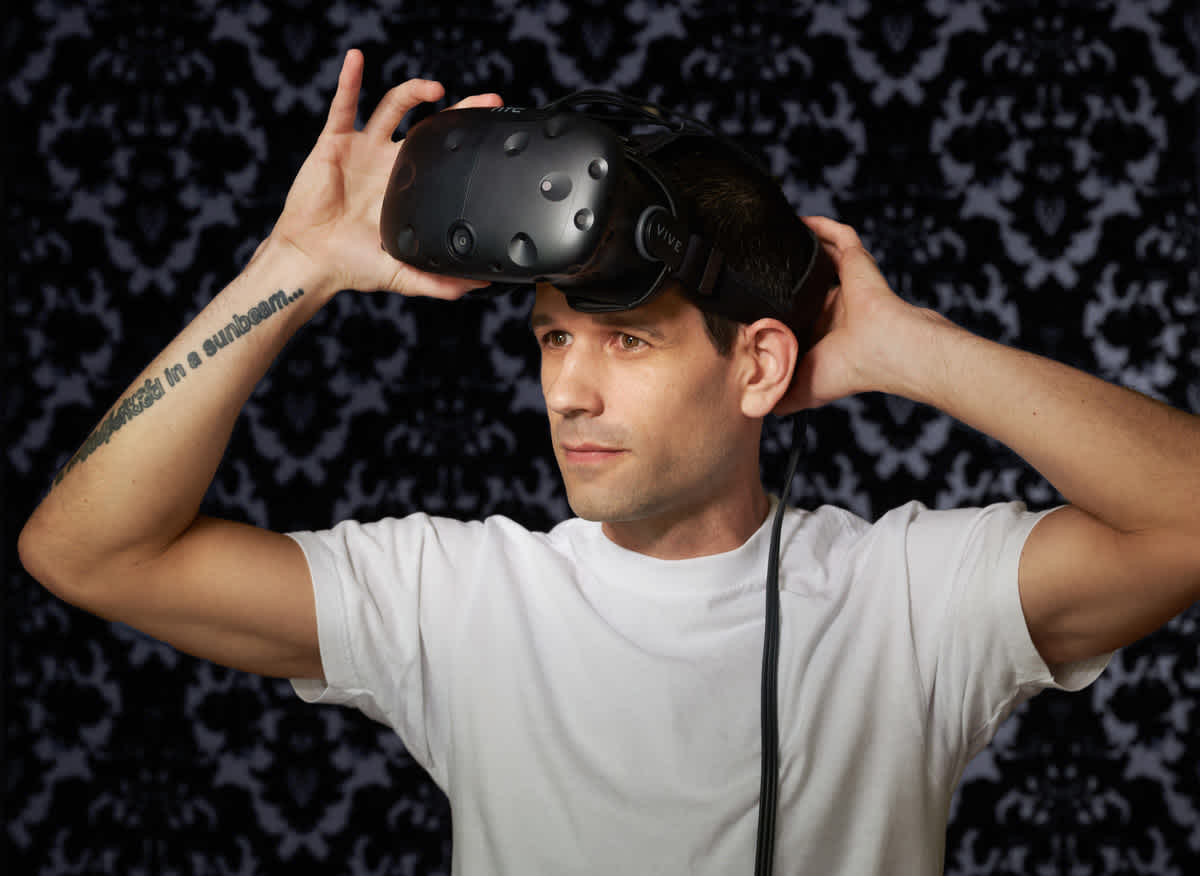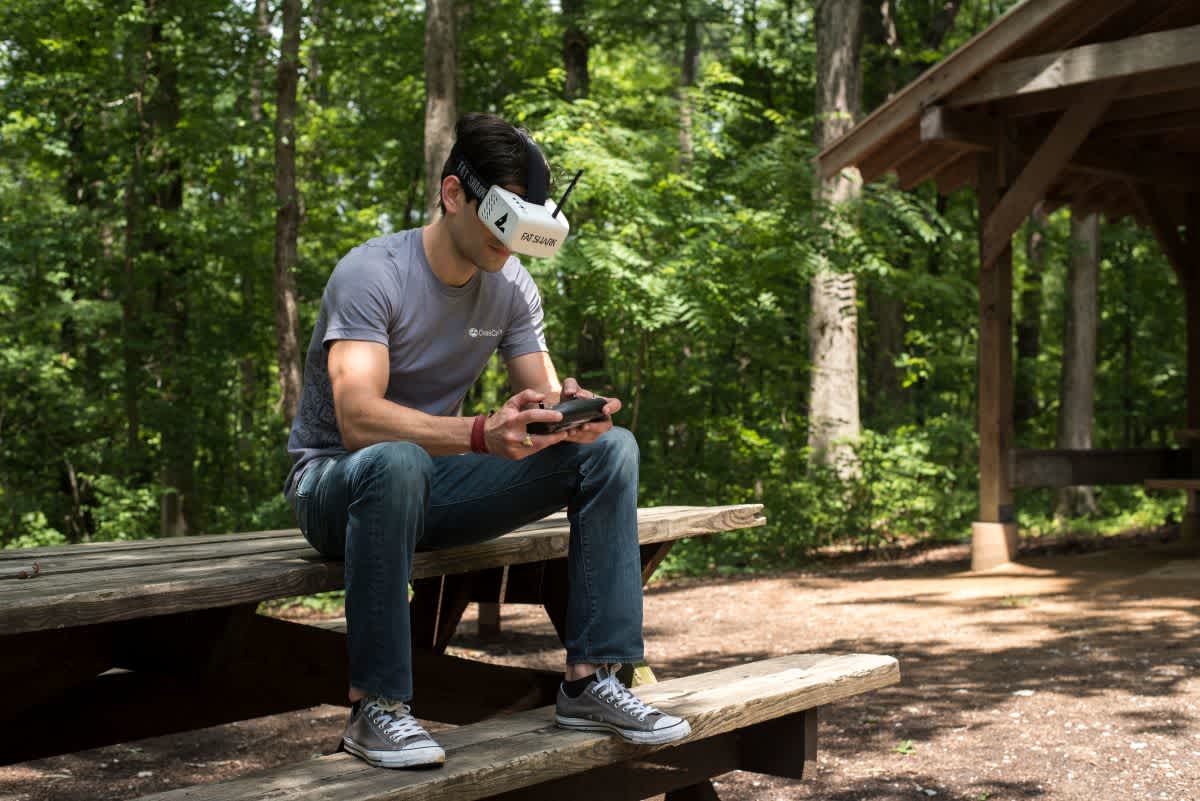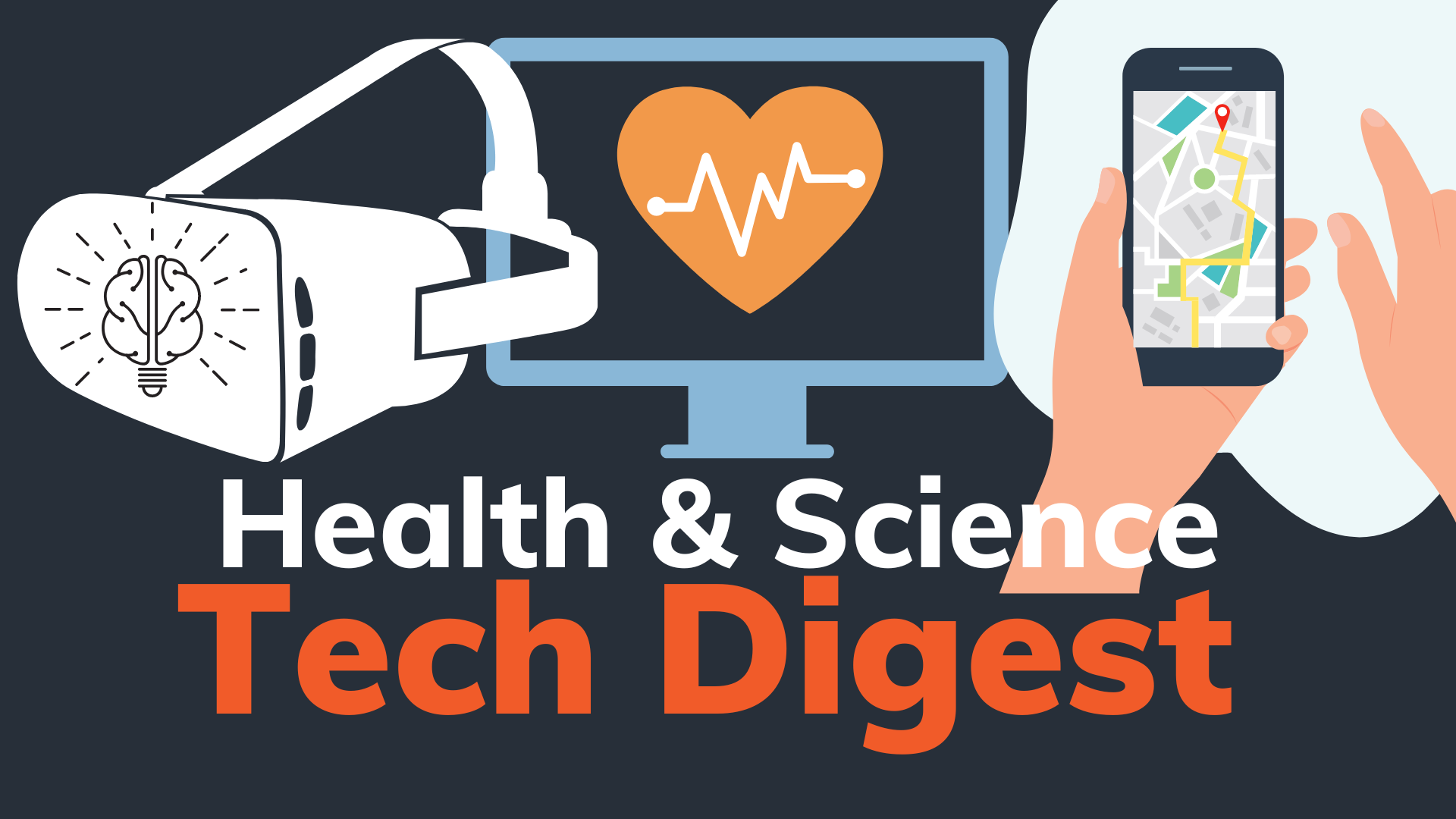Mike Harris is CrossComm’s Senior AR/VR Developer. Unlike the rest of the team, he doesn’t work out of our Durham office. He’s based in New Orleans. But that’s hardly a challenge when you consider that some of Mike’s expertise lies in collaborative virtual reality applications. In fact, when I first met Mike, we met face-to-face (or avatar-to-avatar) from our respective timezones in an interactive virtual environment. More recently, we had a slightly less cutting-edge (read Google Hangouts) conversation where I was able to ask him about why he loves working in XR, and where he sees the technology going.
Meet The Team: Mike Harris
How did you first get connected with CrossComm?
I actually met Don at SXSW in Austin, Texas in 2017 through a mutual friend. We had a great discussion about the current state of AR and VR, and our thoughts about what direction they were headed.
And how did that lead to you joining the CrossComm team?
I had worked with Don on a couple of small projects on the weekends and really loved the vision that he had for AR and VR. It was really easy to have conversations about the future of this technology, and when we worked together on projects, we found that we had a really good working style together. When the opportunity arose for me to switch positions from the job I was at, I had already been talking to Don about that possibility and we jumped at the opportunity.
Tell me about your career journey. How did you first get introduced to AR/VR?
How far back do you want me to start? I’m actually a recovering attorney. Game development used to be just a hobby but then some local developers I was doing contract work for gave me their hand-me-down Oculus DK1 (one of the early development kits) that was just collecting dust in their closet, and it took off from there. The first time that I got to use it and make some simple applications for it, it just sort of set my head on fire with the possibilities this technology presented.
And how did you progress from there?
I ended up taking all of my free time and weekends learning how to develop for it, learning the ins-and-outs of VR interaction design. After a couple of years of doing it part-time, I ended up creating an interactive VR application, where you could draw in VR with other remote users. It got noticed by somebody over at The Verge, who then suggested it to the Toronto International Film Festival for their pop-up VR art fair. So, I was actually able to present there remotely. I was in VR on my side in New Orleans and all of the people who were at the exhibit were going into VR on their side. We would be in there drawing together, having conversations, interacting with each other. It was a really influential experience for me. Having so many personal interactions with so many people, so quickly, really made me think a lot about the future that this technology could have in redefining how humans interact with each other.
How has working for CrossComm helped you progress in AR/VR?
The thing that's amazing about CrossComm is that we get to cover the gamut of emerging XR technologies. When I introduce myself as a CrossComm developer, it's been great to be able to tell people that I've developed for nearly every major VR and AR device. We heavily invest in getting a deep understanding of these technologies and how they work, and how to design for them. It's deeply rewarding to be able to use that knowledge when we're talking with clients and they're expressing their needs and interests. We’re able to give them informed answers that let them know what the best solution is for their goals. We can actually provide really valuable consulting about emerging technology. That process is deeply rewarding for me.
Mike plays with VR headset at a CrossComm team summit
What trends should we be looking for in VR and AR?
So, turning to AR first, the major trend we should be looking for is the shift from phone-based AR to head-worn AR. It's a widely known rumor that Apple is working on their head mounted AR device—this is a pair of glasses that is tethered to your smartphone that’s going to project augmented content into the actual world. The headsets are nowhere near light enough or comfortable enough. The optics still need a lot of work. The tracking still has a lot of issues (especially in daylight conditions or in places where there are limited features to pick up on,) but that's definitely the trend that augmented reality is heading towards.
We’ve also seen companies like Microsoft and Apple, and several other smaller companies, trying to define this idea of an AR Cloud—so a way that we can map augmented objects onto specific locations within the physical world—and the arms race for that has already begun. So what we're going to see is a shift from content that is closer to the Pokemon Go type of the spectrum to something that is pervasive AR content that exists in the world around us that we can interact with—kind of like a layer of augmented reality that permanently sits on top of the real world. Granted, that’s probably at least 5 to 10 years out.
And VR?
So VR seems to be primarily driven by gaming—at least all of the major headset manufacturers are focused on gaming. What we’ve also been noticing is that medical applications or industrial training applications seem to be a low hanging fruit. Patient scan visualization or medical training seem to be a use case that there's a lot of demand for because people can immediately see the benefit. And then also training scenarios that allow you to put people in environments that they're not used to, and control those environments. So, you can put them in hazardous situations without actually having to put them at risk. I think that’s where we’re seeing a lot of activity currently.
In terms of where it heads, I think that VR collaboration is going to become much more robust over time. And as people figure out the best ways to collaborate in VR, the things that are unique to the platform, and the onboarding process becomes easier, we're going to see a lot more collaboration based interactions in VR.
What types of projects do you enjoy working on most?
The networked interactions are always super interesting for me. We got to do a collaboration with Stereolabs, the producer of the pass-through ZED mini, and being able to have that remote interaction in AR was a lot of fun and felt like this glimpse of the future that we got to see. And then there's also the projects that reflect our core values, like what we're doing with USHMM (United States Holocaust Memorial Museum) to do AR visualizations of items that can't be handled by the public. Working with the employees at USHMM to craft an experience that allows people to virtually have these objects in their hands and be able to discuss them and explore the history behind them—projects like that are deeply rewarding as well.
So now, looking back, you’ve transitioned to AR/VR from being a lawyer. Any regrets?
None!




